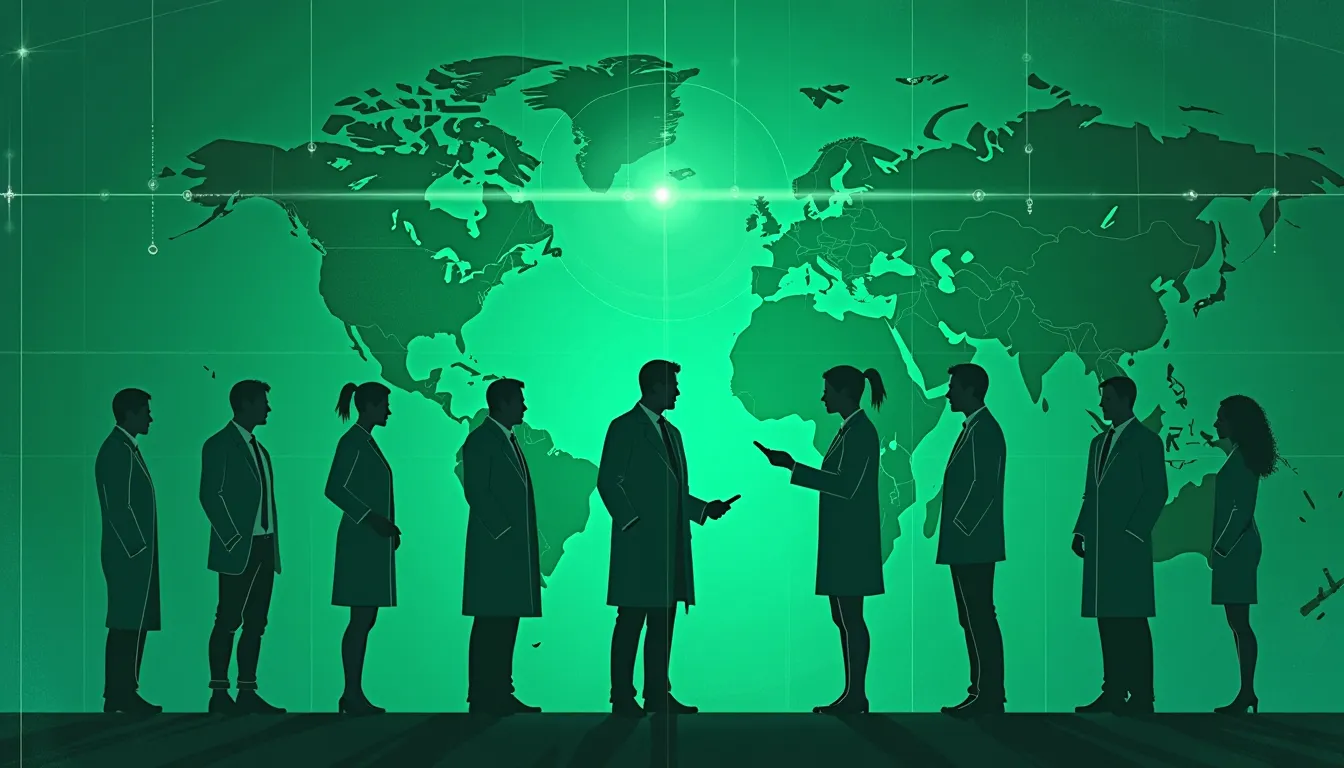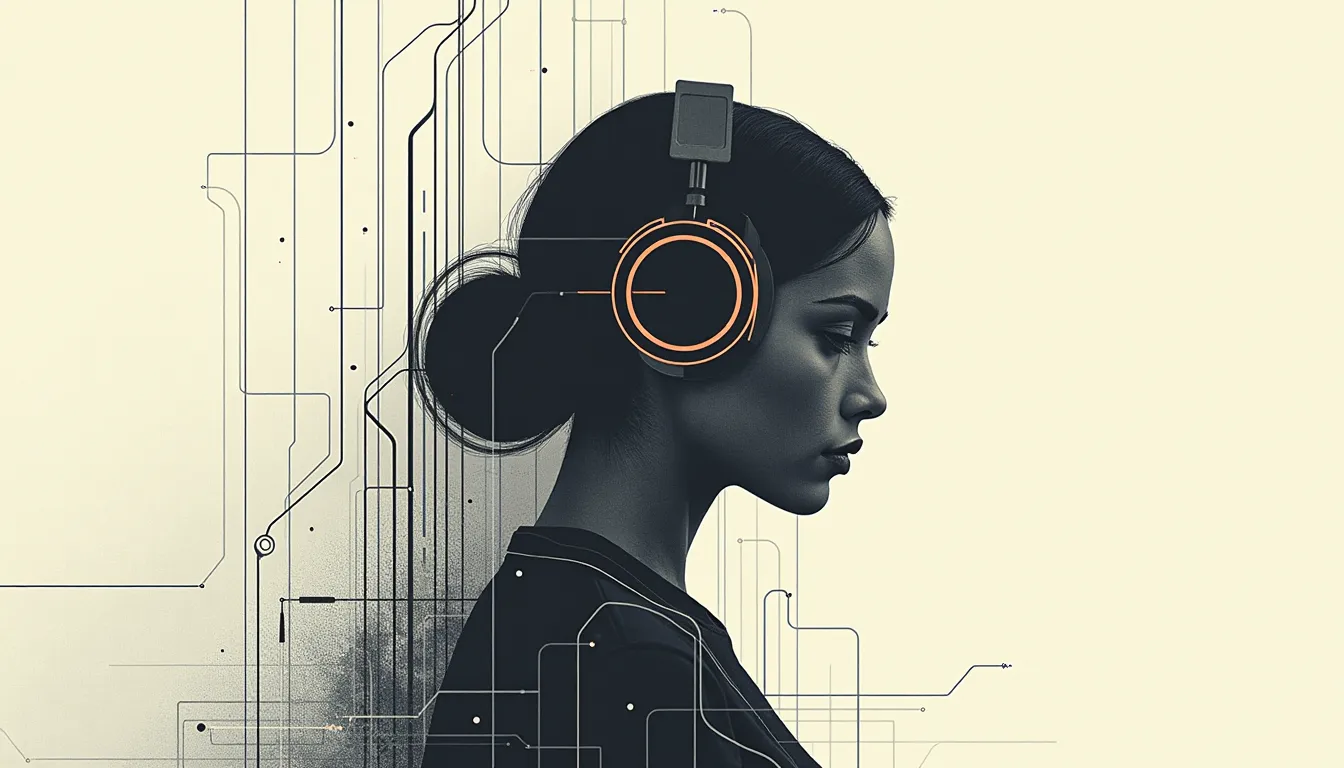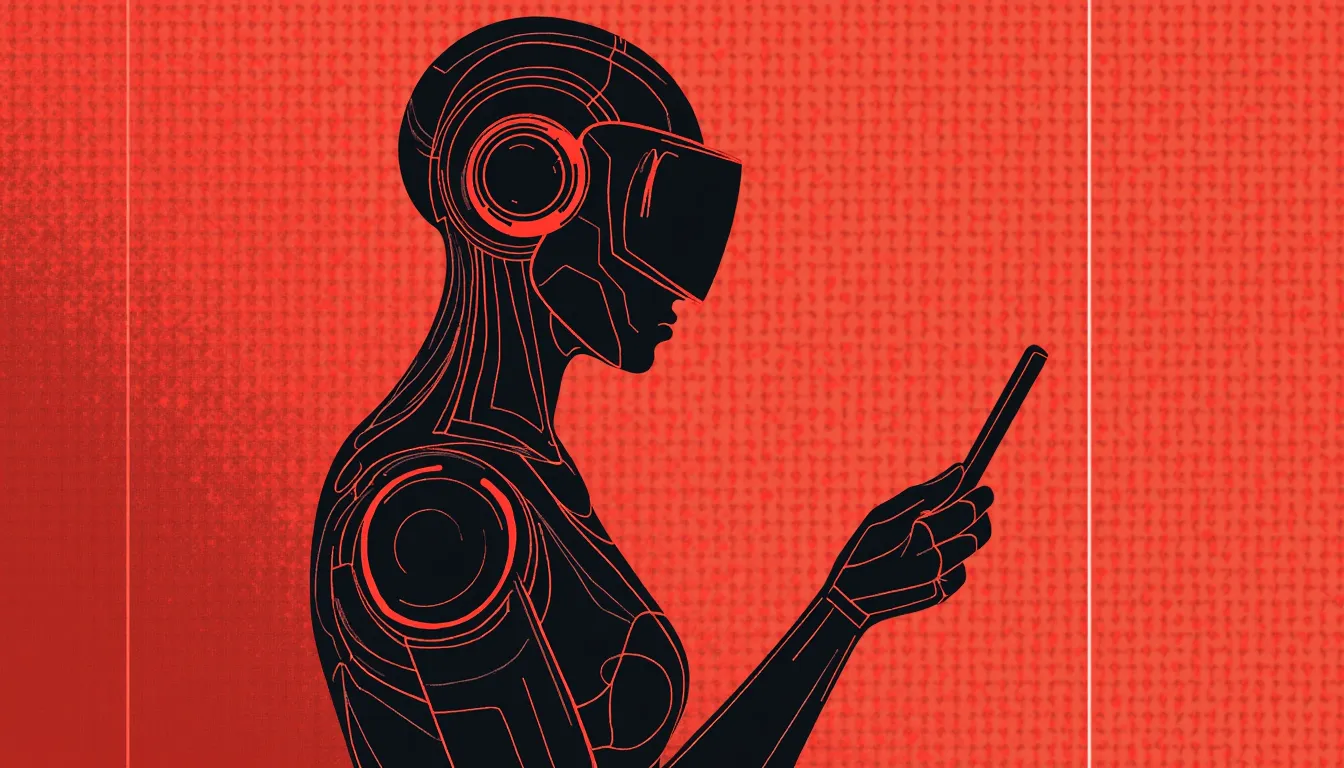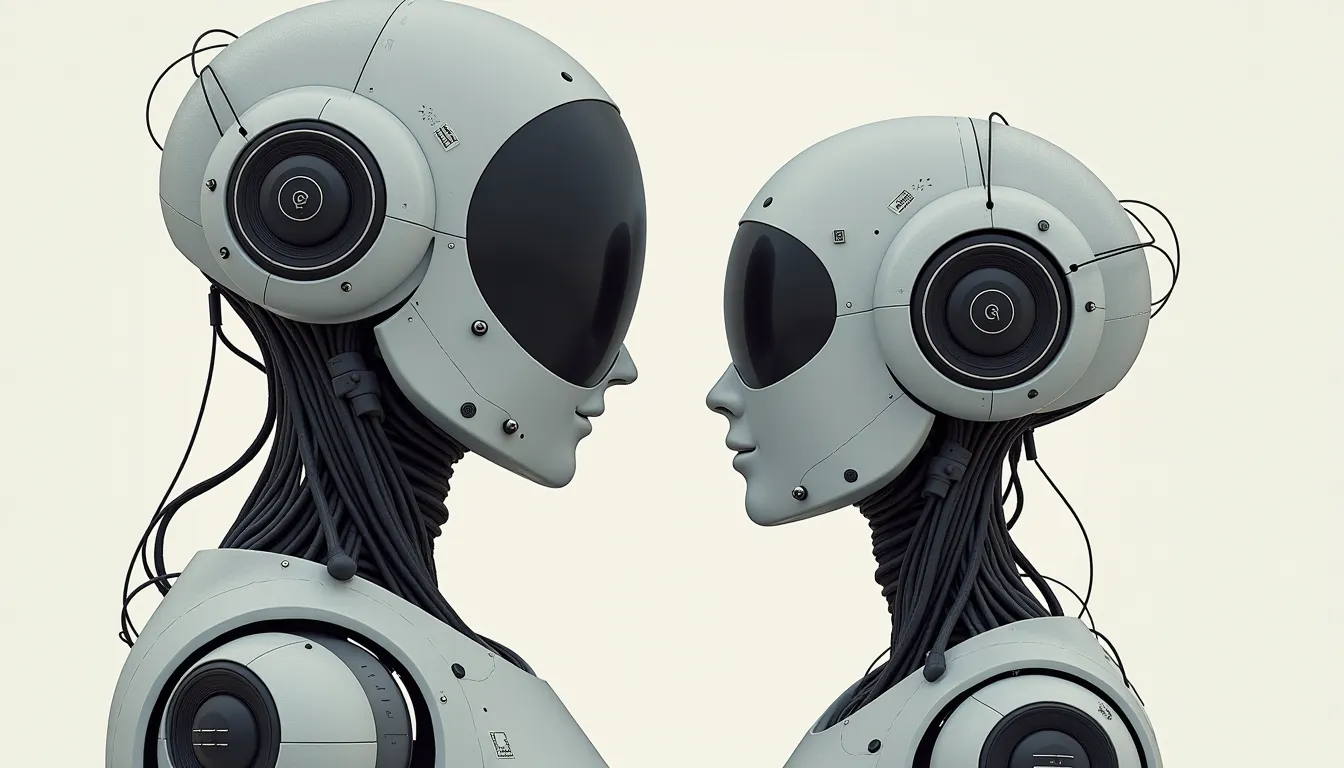autonomous agents are the new future: complete guide
Have you ever wondered what the future of technology looks like? Well, autonomous agents are leading the charge, bringing us closer to a world where machines can think and act on their own. Imagine a life where your devices learn from you, adapt to your needs, and help you make decisions in real-time. Sounds pretty cool, right? Let’s dive into this exciting realm and see how these intelligent systems are shaping our daily lives!
what are autonomous agents?

At the heart of the buzz around autonomous agents lies their incredible ability to operate independently. Unlike traditional AI, which follows strict rules and requires constant human input, autonomous agents are designed to make decisions based on their surroundings and objectives.
definition
In simple terms, autonomous agents are systems that can perform tasks without human intervention. This independence is what sets them apart from more conventional AI systems that rely on explicit instructions for every action.
contrast from typical AI
Think about it: traditional AI is like a really smart assistant that needs you to tell it exactly what to do. Autonomous agents, on the other hand, are more like your proactive friend who anticipates your needs and acts without being asked. This leap in capability opens up a world of possibilities for how we interact with technology.
basics of autonomous AI agents
So, what exactly makes these agents tick? Understanding the basics of autonomous AI agents involves recognizing how they can think and act without our help.
knowing AI autonomous agents
These agents are not just smart; they’re designed to learn and adapt over time. They can analyze new situations, allowing them to thrive in various contexts—be it at home, in businesses, or even in healthcare settings.
working freely
The beauty of autonomous agents lies in their ability to operate independently in diverse environments. From managing smart homes to navigating complex software systems, they can handle tasks without needing constant guidance. This independence is what makes them so promising; they represent a significant shift toward more intelligent and self-sufficient systems.
growth and types of autonomous agents
The journey of autonomous agents has been nothing short of remarkable. What started as mere concepts has now evolved into complex systems that are becoming integral to our lives.
from past to present
The idea of machines capable of independent thought isn’t new. However, thanks to advancements in AI and machine learning, we’re finally seeing these ideas take shape in practical ways. It’s as if we’re living in a sci-fi movie where technology is evolving at lightning speed!
variety of agents

Autonomous agents come in various forms, including:
- Software Agents: These programs perform tasks online, such as sorting through emails or helping with personal shopping.
- Robotics: Physical machines like drones or robotic arms that interact with the world around them.
- AI-Driven Systems: Complex algorithms that analyze data and make decisions, particularly in finance and healthcare.
Each type of agent has unique strengths, opening up a world of possibilities for leveraging their capabilities. Whether it’s automating mundane tasks or solving intricate problems, autonomous agents are at the forefront of technological advancement.
practical applications of autonomous agents

Let’s take a look at some key areas where autonomous agents are making waves. Here’s a quick overview of their practical applications:
| Sector | Application of Autonomous Agents | Benefits |
|---|---|---|
| Home Automation | Smart thermostats, lighting systems, and security cameras | Increased convenience, energy efficiency, and security |
| Healthcare | Patient monitoring systems and diagnostic tools | Enhanced patient care, early diagnosis, and personalized treatment plans |
| Finance | Algorithmic trading and fraud detection systems | Improved decision-making, risk management, and security |
| Customer Service | AI chatbots for handling inquiries and support | 24/7 service availability, reduced response times, and personalized assistance |
| Transportation | Self-driving cars and delivery drones | Safer roads, reduced human error, and efficient delivery services |
| Manufacturing | Robotic arms and automated production lines | Increased productivity, precision, and safety in workplaces |
As you can see, autonomous agents are not just transforming industries; they’re redefining how we live and work. With their ability to automate complex tasks and make intelligent choices, they’re paving the way for a more efficient and interconnected world.
key features of autonomous agents
What makes autonomous agents so effective? Here are four key features that set them apart:
autonomy

Autonomy is the backbone of these agents. It allows them to make their own decisions based on their programming and learned experiences. This means they can function without human input, which is a game-changer in many fields.
reactivity
Reactivity is all about sensing changes in their environment and responding in real-time. This quick adaptability is crucial for tasks that require immediate action, ensuring that autonomous agents can successfully navigate unexpected situations.
proactiveness
Proactiveness refers to the ability of these agents to take initiative. Instead of merely reacting to their surroundings, they can anticipate needs or problems and act accordingly. This forward-thinking approach sets them apart from simpler automated systems.
social ability
Finally, social skills are essential for these agents, enabling them to communicate effectively with both humans and other machines. This ability to collaborate paves the way for more complex tasks to be accomplished through teamwork.
openai and autonomous agents
[OpenAI](/blog/openais-operator-ai-agent-a-game-changer-for-your-work/) has been a trailblazer in the development of autonomous agents. Their research highlights the potential of AI and showcases new ways for machines to learn and operate.
standout features of OpenAI’s agents
OpenAI’s agents are equipped to tackle complex tasks, learn quickly, and even collaborate with humans. Their work extends beyond just pushing technological boundaries; it aims to create AI that is more user-friendly and practical.
As OpenAI continues to innovate, the future of autonomous agents looks incredibly promising. We can expect to see technology that’s not only smarter but also more aligned with our individual needs.
autonomous agents in AI: the core tech

Autonomous agents are truly revolutionizing the field of AI, making systems smarter and more independent than ever before. Their decision-making and learning capabilities are transforming how we interact with technology.
learning over time
Through machine learning and neural networks, these agents evolve and improve with each task they undertake. They’re not just following a set of instructions; they’re learning and adapting, making them increasingly effective over time.
spotting patterns
Autonomous agents can also identify trends in data, which helps them predict and react to future events. This ability is invaluable in fields such as finance, healthcare, and customer service, where timely decisions can make all the difference.
making decisions
Ultimately, these agents decide on the best course of action based on their programming and what they’ve learned. This self-learning capability is what really sets them apart and makes them such a powerful force in today’s tech landscape.
frequently asked questions
What is an autonomous agency?
An autonomous agency refers to a system capable of operating independently to perform tasks or make decisions without human intervention. These systems utilize artificial intelligence to analyze data, learn from experiences, and execute actions based on their programming and learned knowledge.
How do I create an autonomous agent?
Creating an autonomous agent involves several steps, starting with defining its purpose and the tasks it needs to perform. Next, choose the appropriate technology and programming language. Develop the agent using AI and machine learning algorithms that allow it to learn, adapt, and make decisions. Testing and refining its capabilities through real-world scenarios is crucial for its development.
What is an example of autonomous AI?
An example of autonomous AI is a self-driving car. It combines sensors and software to control, navigate, and drive the vehicle without human intervention. Other examples include smart assistants that can organize your schedule, AI in finance that manages investments, or robotics in healthcare assisting in surgeries or patient care.
So, are you ready to embrace the future with autonomous agents? With their potential to transform our lives and work, we’re just scratching the surface of what’s possible. As these technologies continue to evolve, they’ll undoubtedly reshape our interactions with the digital world. Let’s stay tuned to see where this journey takes us!












